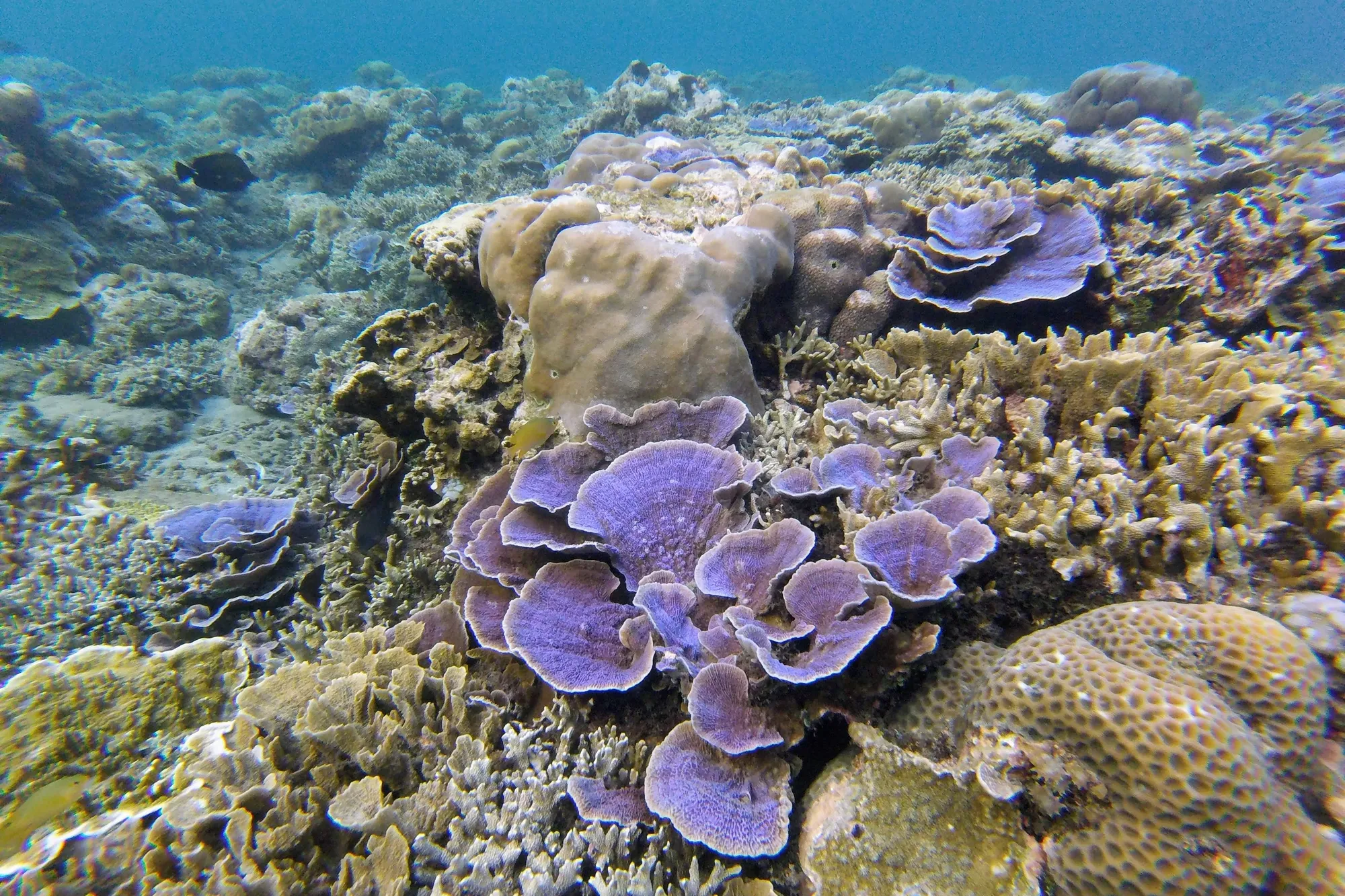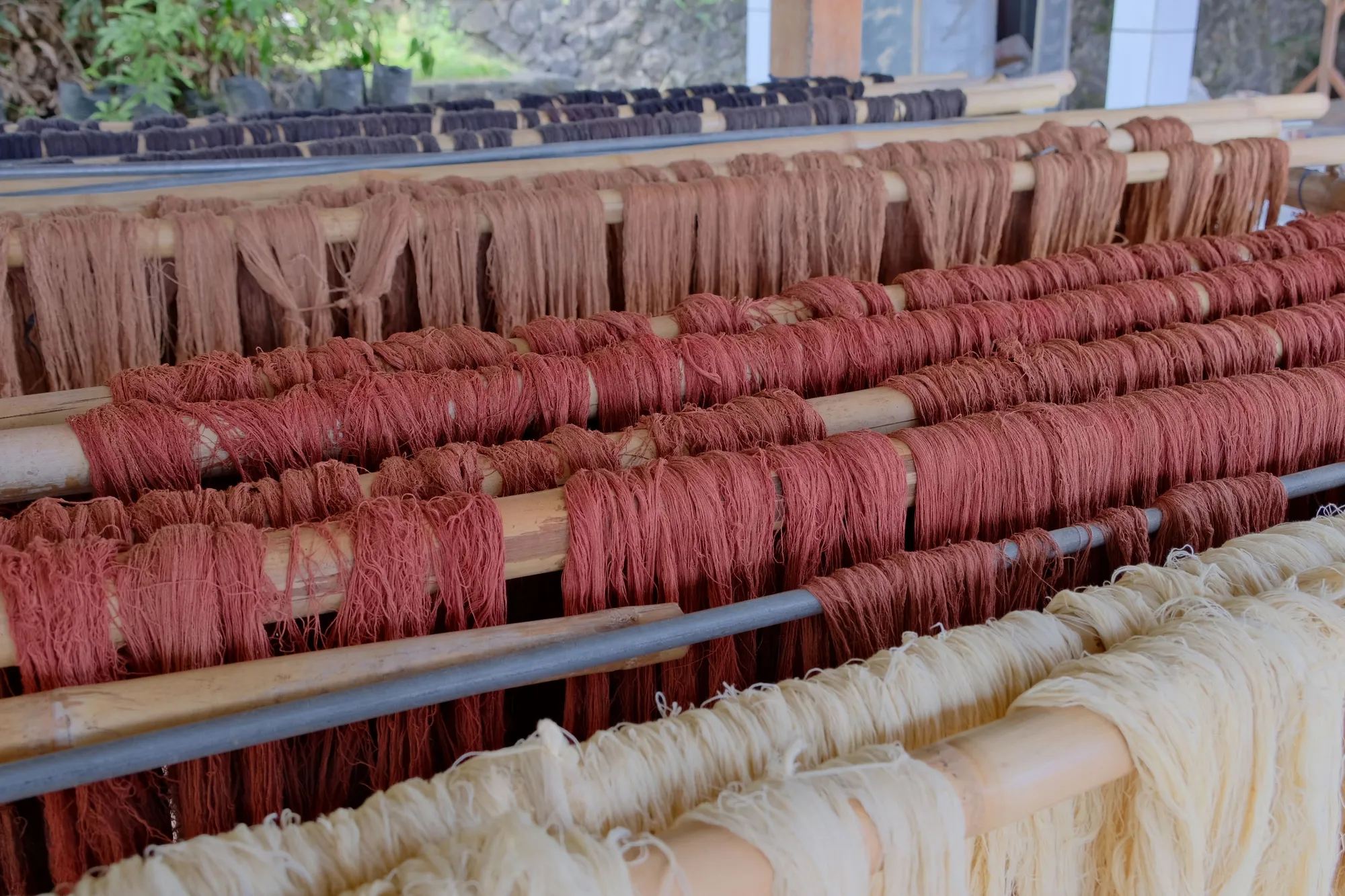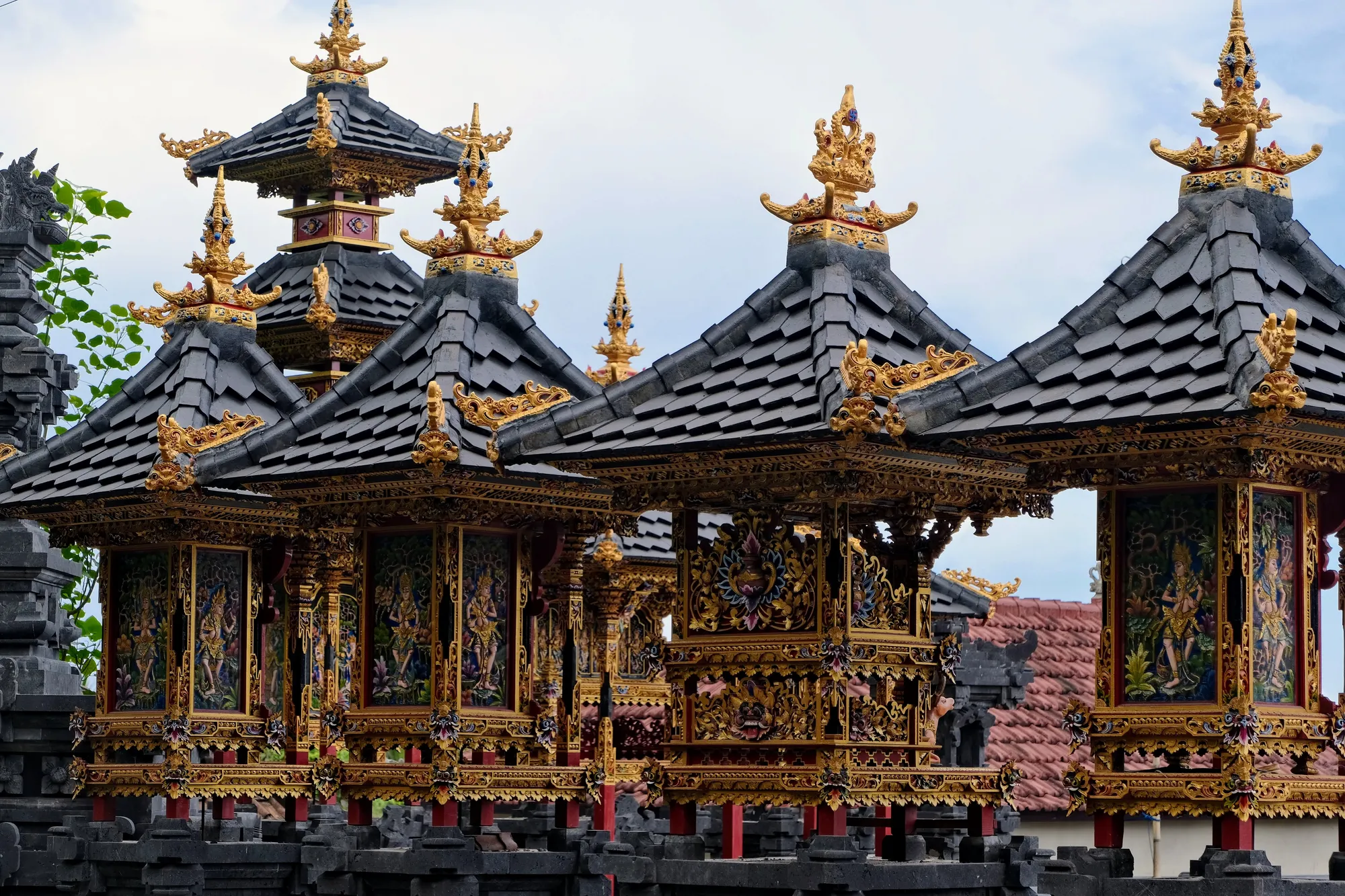Amed, Bali's Quiet Diving Paradise
After a week in Ubud, soaking in its vibrant cultural scene, we felt ready to uncover a lesser-known corner of Bali—one celebrated for its authenticity and tranquility. Our research and a craving for unspoiled nature led us to Bali’s northeastern tip, commonly known as Amed. This off-the-beaten-path gem promised lush tropical landscapes, thriving artisan communities, and traditional Balinese temples.
However, it was the renowned underwater world that captivated our imagination. Having snorkeled and dived in the Caribbean’s British Virgin Islands and Antigua and Barbuda, we were eager to dive into Bali’s rich marine ecosystem and see what treasures awaited beneath Amed’s waves.
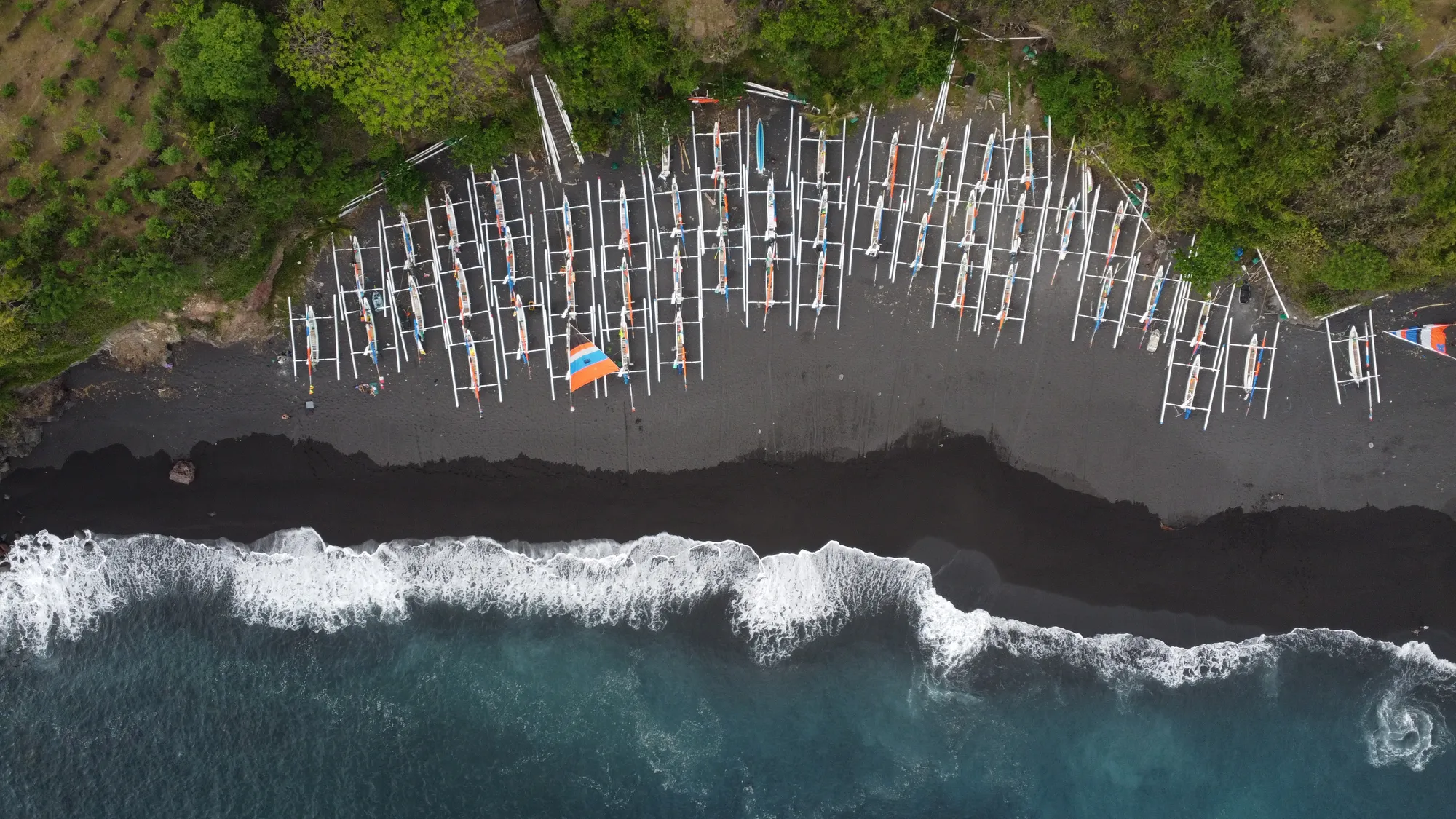
Amed, Bali’s Hidden Gem
Tucked away along the northestern shores of the Seraya Peninsula, Amed feels like a hidden treasure waiting to be discovered. This captivating area, composed of quaint villages strung along Bali's coastline, has a remarkable ability to retain its tranquil charm despite the gradual rise of tourism. Its remote location has kept it off the beaten path, with significant development only beginning in the early 2000s.
That’s when paved roads, telephone lines, and a vital bridge made it easier for intrepid travelers to explore. Now, as tourism blossoms, Amed has evolved into a vibrant destination that still manages to fly under the radar of mass tourism, offering visitors a chance to experience the authentic essence of Bali while soaking in its stunning landscapes and authentic culture.
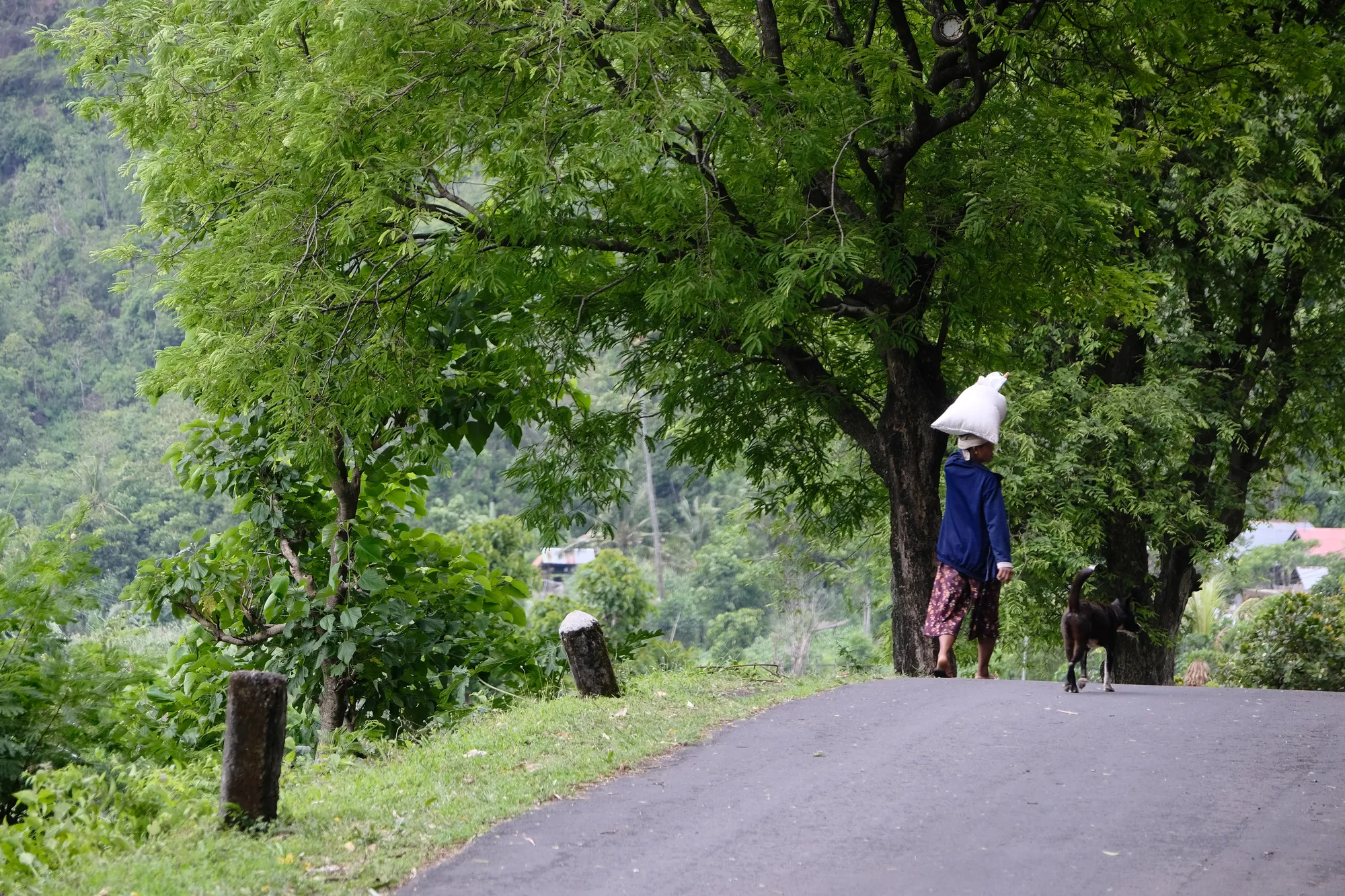
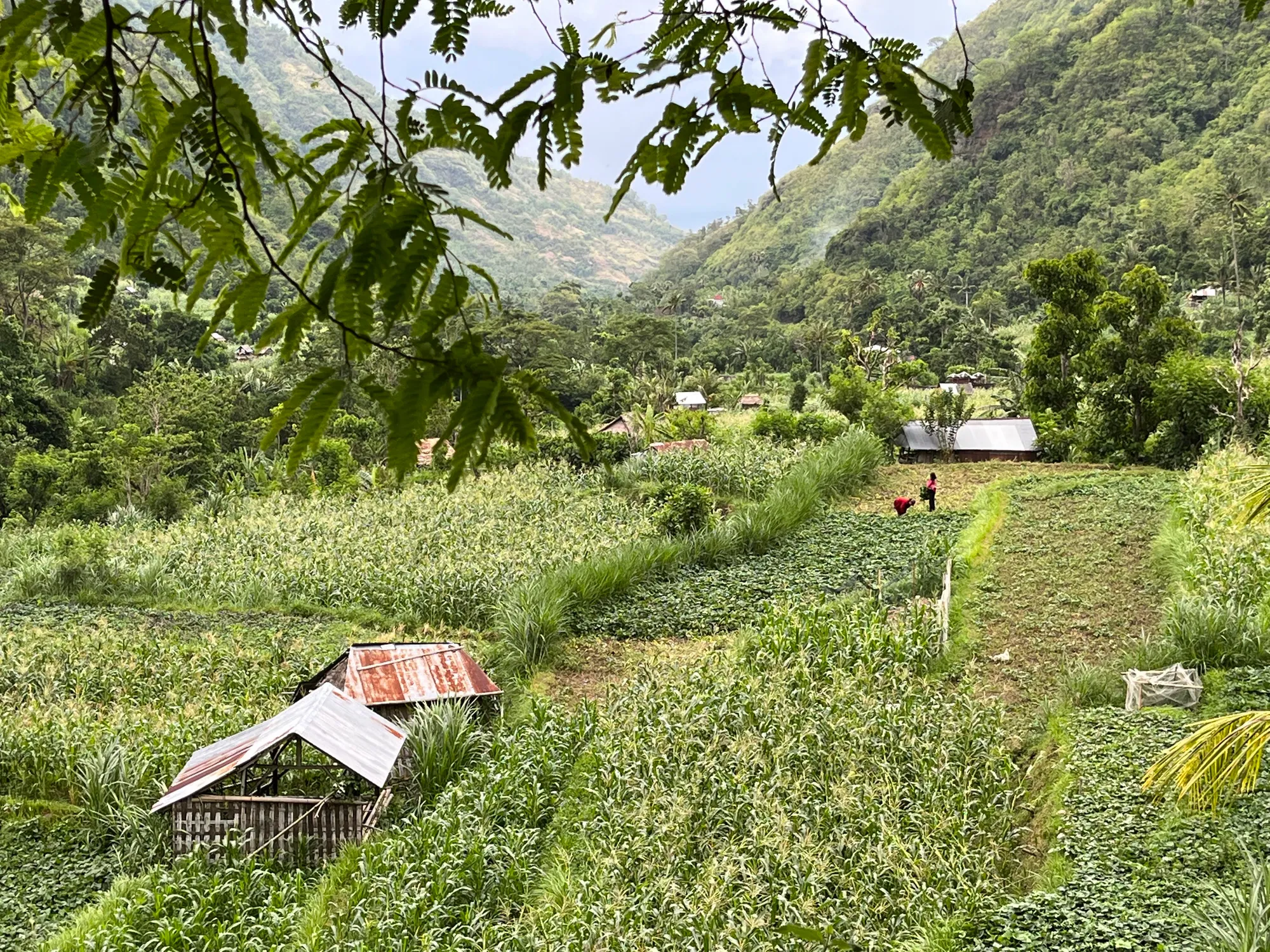

Basing ourselves in Amed was an excellent choice. With outstanding diving and snorkeling just a stone's throw away, we had easy access to the underwater wonders. The short drives to nearby temples and Balinese palaces made for effortless half-day adventures. The authentic vibe of the local villages added a special touch, making our experience all the more memorable.
Framing the landscape was the impressive Mount Agung, Bali’s tallest and most sacred volcano, providing a breathtaking and tranquil backdrop. As soon as we arrived in Amed, we understood why this area is often celebrated as “Bali’s Hidden Gem.”
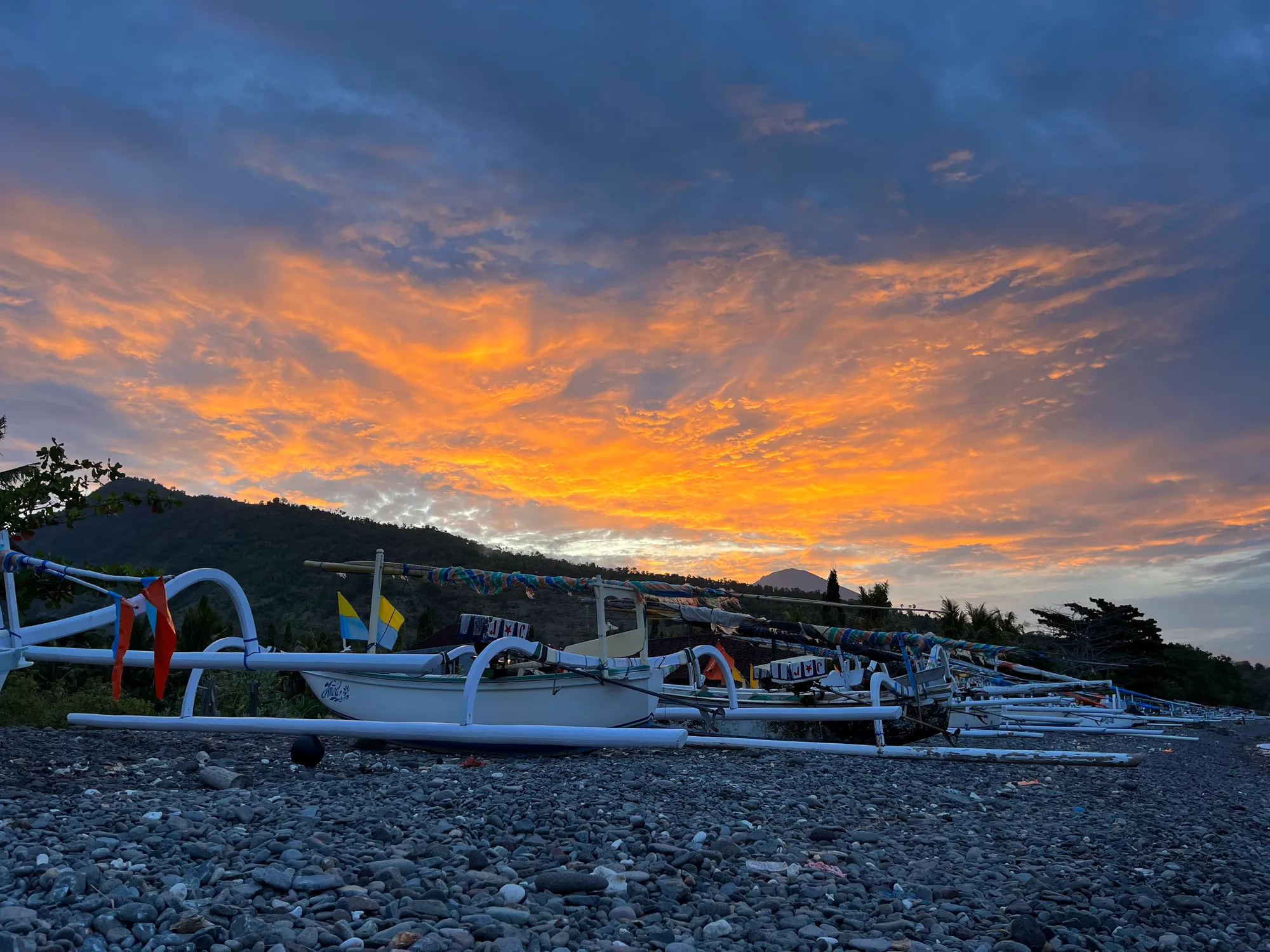
Amed’s Underwater Paradise
Knowing we’d be so close to the sea, where snorkeling and diving conditions are truly unbeatable, we quickly made plans to dedicate a significant part of our stay in Amed to exploring the underwater world.
My husband and I had completed our scuba diving certifications years ago, and we saw this as the perfect chance to refresh our skills. As soon as our plans took shape, we began researching the local diving schools, which are plentiful in the area. Adventure Bali Divers immediately caught our attention. Run by David and Liselotte, a friendly English-Dutch couple, along with their fantastic team of instructors, the school seemed like the ideal choice. After reading glowing reviews and reaching out to them, we felt confident we would be in good hands.
That feeling was confirmed on our first dive. Over the years, I developed a bit of claustrophobia, and I quickly realized that even wearing a wetsuit and all the equipment made me feel anxious and unable to dive with the group. After my initial attempt to refresh my skills didn’t go as planned, David stepped in to offer one-on-one instruction to help me conquer my fears.
Thanks to his patient guidance and calm demeanor, I was able to complete the course and explore the stunning, biodiverse waters surrounding Amed.
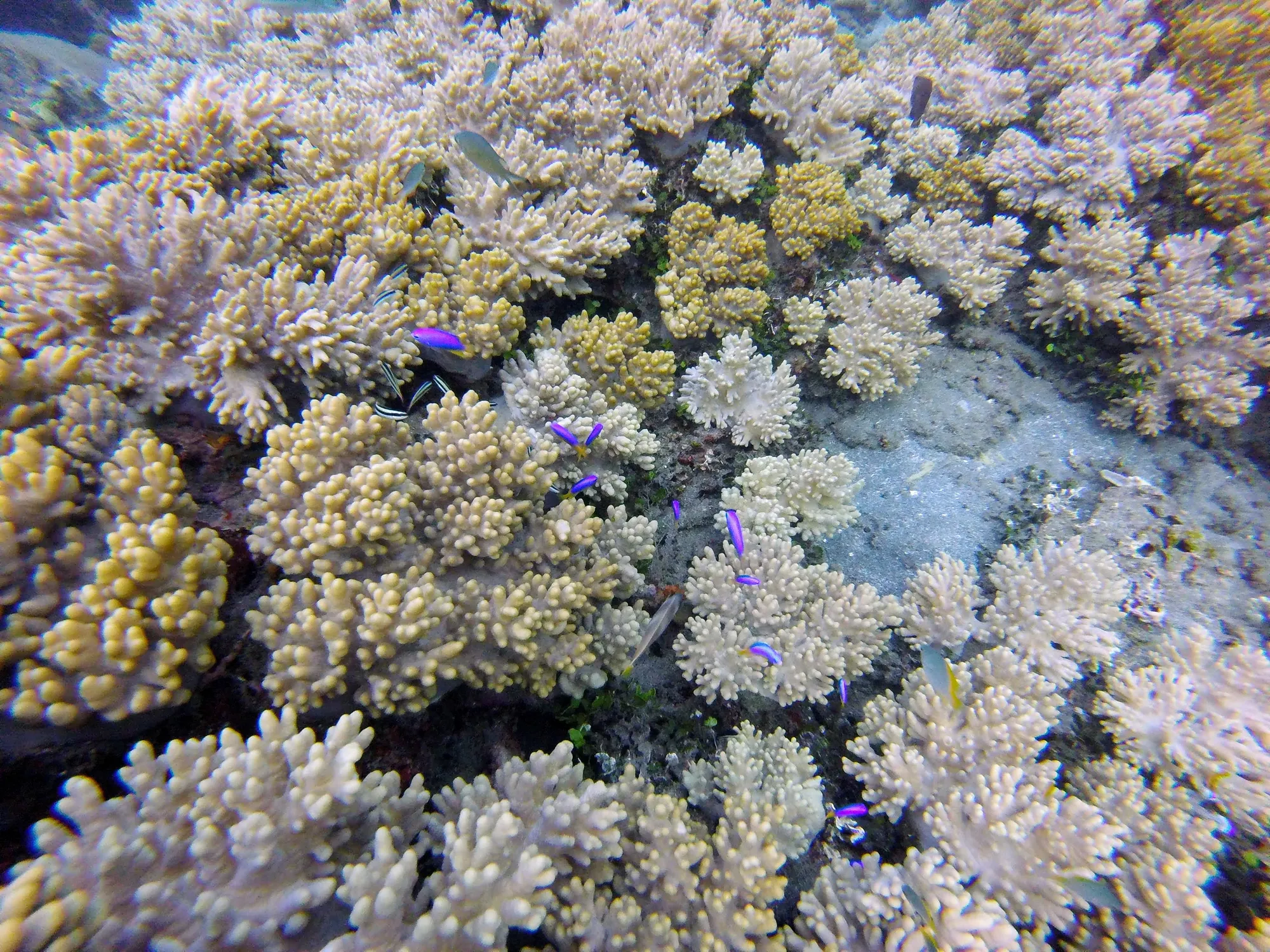
Snorkeling in Jemeluk Bay
The North Seraya Peninsula is not just a paradise for divers; it’s also a snorkeler's dream. With just a mask, snorkel, and fins, you can easily discover the natural wonders lurking beneath the surface. Exploring this biodiverse ecosystem requires little effort, and Jemeluk Bay is one of the perfect spots to start. Here, we found vibrant coral gardens featuring impressive table corals, intricate brain corals, and delicate sea fans.
The underwater life is teeming with schools of brightly colored fish, including various trumpetfish, butterflyfish, and Moorish idols. One of the bay's intriguing features is an underwater temple that serves as an artificial reef, now bustling with marine life.
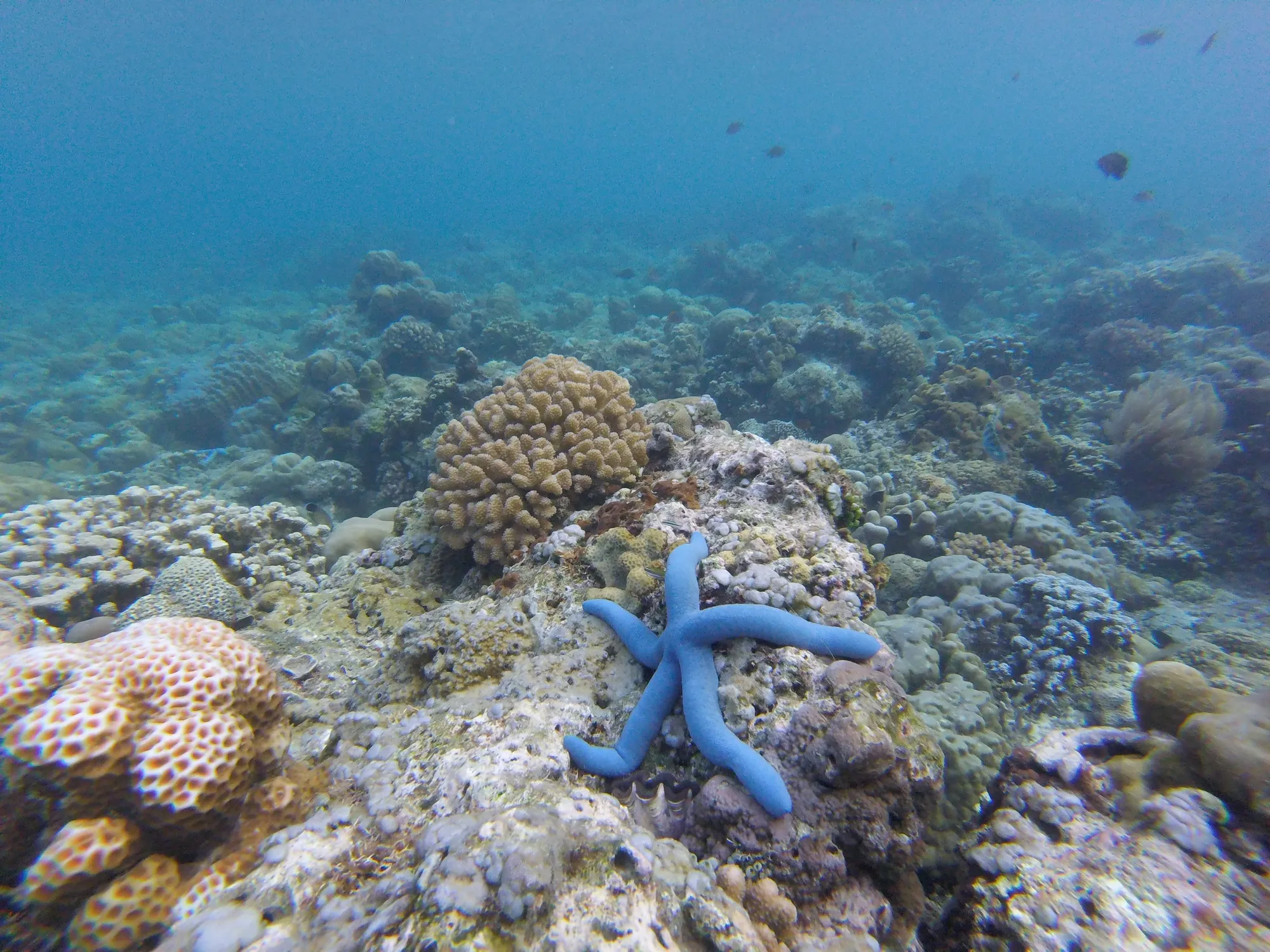
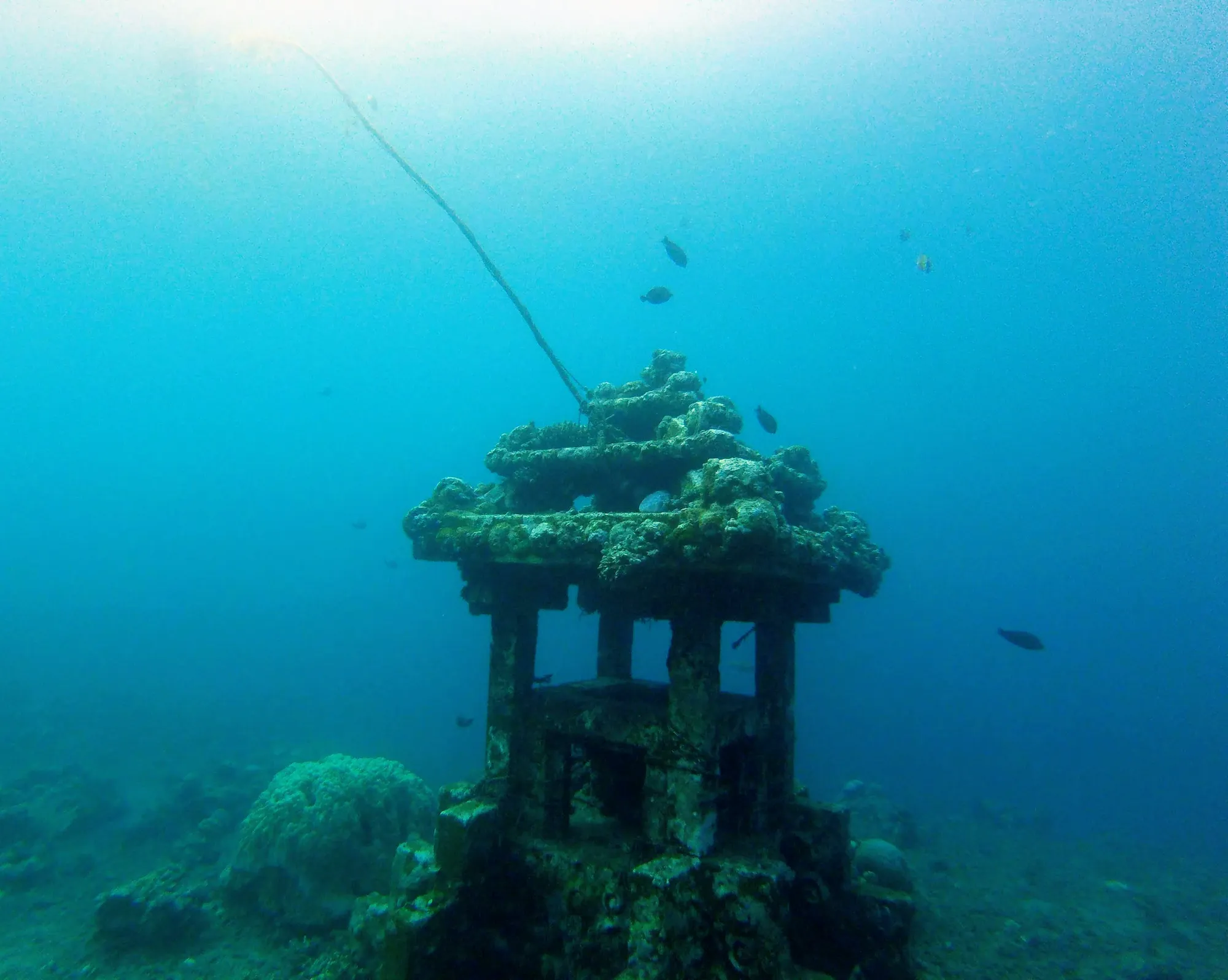
The beach itself is composed of dark volcanic sand and pebbles, a testament to Mount Agung's influence on the area. The peaceful, laid-back atmosphere, with charming local warungs lining the shore, offers stunning panoramic views of the bay and the lush surrounding hills, creating an idyllic setting for exploration and relaxation.
A Family-Friendly Japanese Shipwreck Adventure
Did you know that you can snorkel on a shipwreck in Bali? The Japanese Shipwreck, located near the village of Banyuning, is one of the most accessible shipwrecks for snorkeling worldwide. Just a few meters from shore and sitting at depths of around 3 to 10 meters, this small WWII-era wreck is perfect for snorkelers of all skill levels. The calm waters and excellent visibility make it easy to explore the wreck and its vibrant coral growth, teeming with reef fish and the occasional turtle, all without needing scuba gear.
We had an amazing time diving into this adventure with our eleven-year-old daughter, discovering the wreck and swimming around the bay together. This easy access, combined with the rich underwater ecosystem, truly makes it a must-visit snorkeling spot in Bali.
The beach and surrounding area maintain a laid-back, local vibe, far from the bustling tourist hotspots. While the coarse, pebble-filled sand isn't great for sunbathing, it’s a wonderful spot to unwind, sip a drink from a nearby warung, and soak in the authentic Balinese experience—all while enjoying incredible underwater exploration.
Diving USAT Liberty Wreck
The highlight of our diving adventure was exploring the famous USAT Liberty Wreck, a World War II cargo ship torpedoed in 1942 and transformed into one of the world’s most stunning artificial reefs. This massive, ghostly structure lies only about 40 meters from shore and is surprisingly accessible, with its shallowest point resting at roughly three meters deep.
The Liberty's haunting silhouette is now blanketed in vibrant soft corals that sway with the ocean's movement, while hard corals have taken root in every crevice, turning it into a lush underwater paradise. As we descended, schools of trevally darted around us, weaving between the wreck's beams, while groupers and the majestic Napoleon wrasses slowly patrolled along the corroded metal. The diversity of marine life here is astounding—biologists estimate that over 400 species of fish make their home on the Liberty, including vibrant reef residents and even occasional pelagic visitors. The sight of this incredible marine biodiversity, coupled with the eerie beauty of the sunken vessel, creates an unforgettable dive experience.
Adventure Bali Divers ensured everything went smoothly. Their helpful staff organized transportation to the bay, assisted with our gear, and provided courteous support, leaving us free to immerse ourselves in the underwater spectacle. It’s easy to see why the USAT Liberty Wreck is renowned worldwide; the captivating combination of history and vibrant marine life makes this an essential dive for anyone visiting Bali.
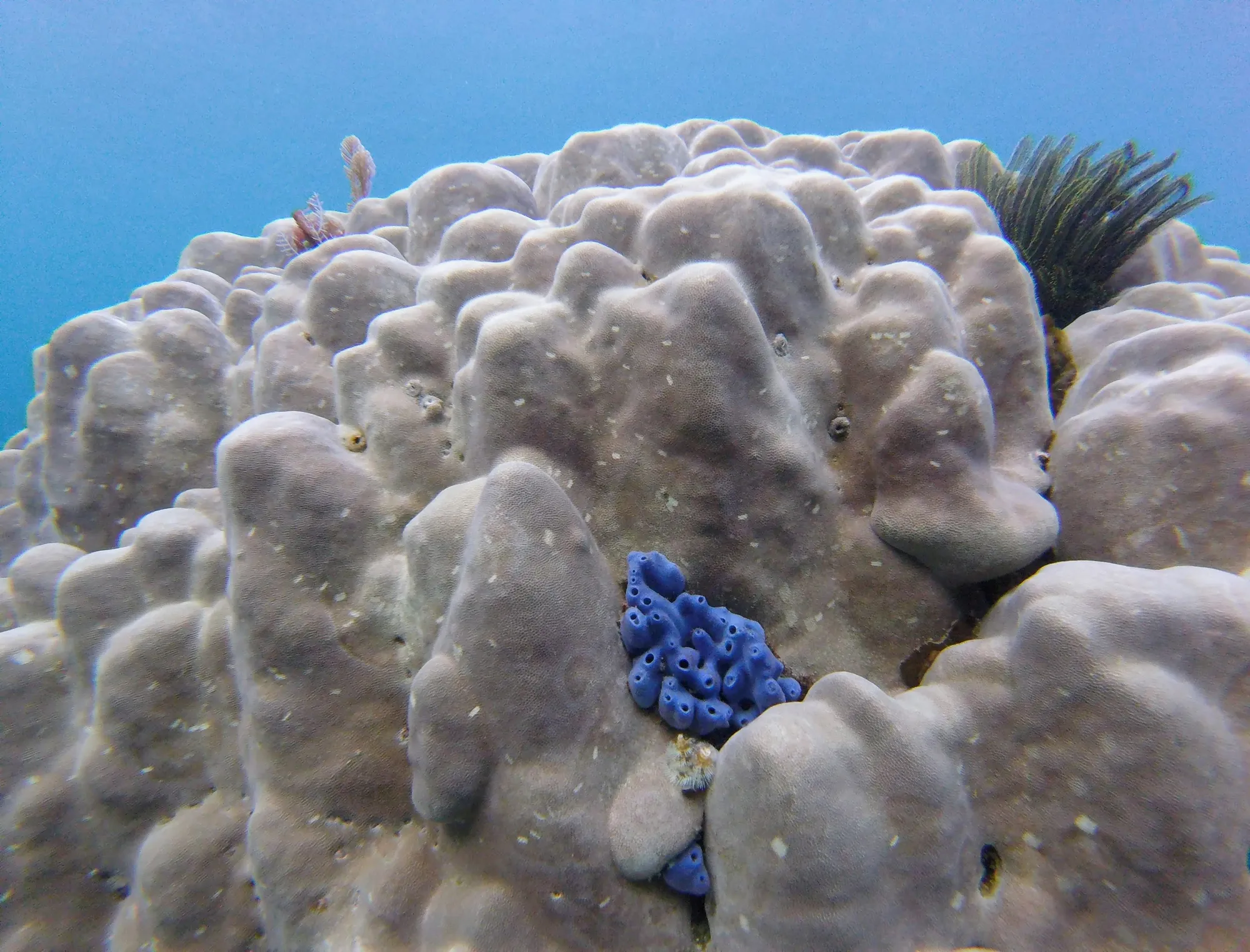
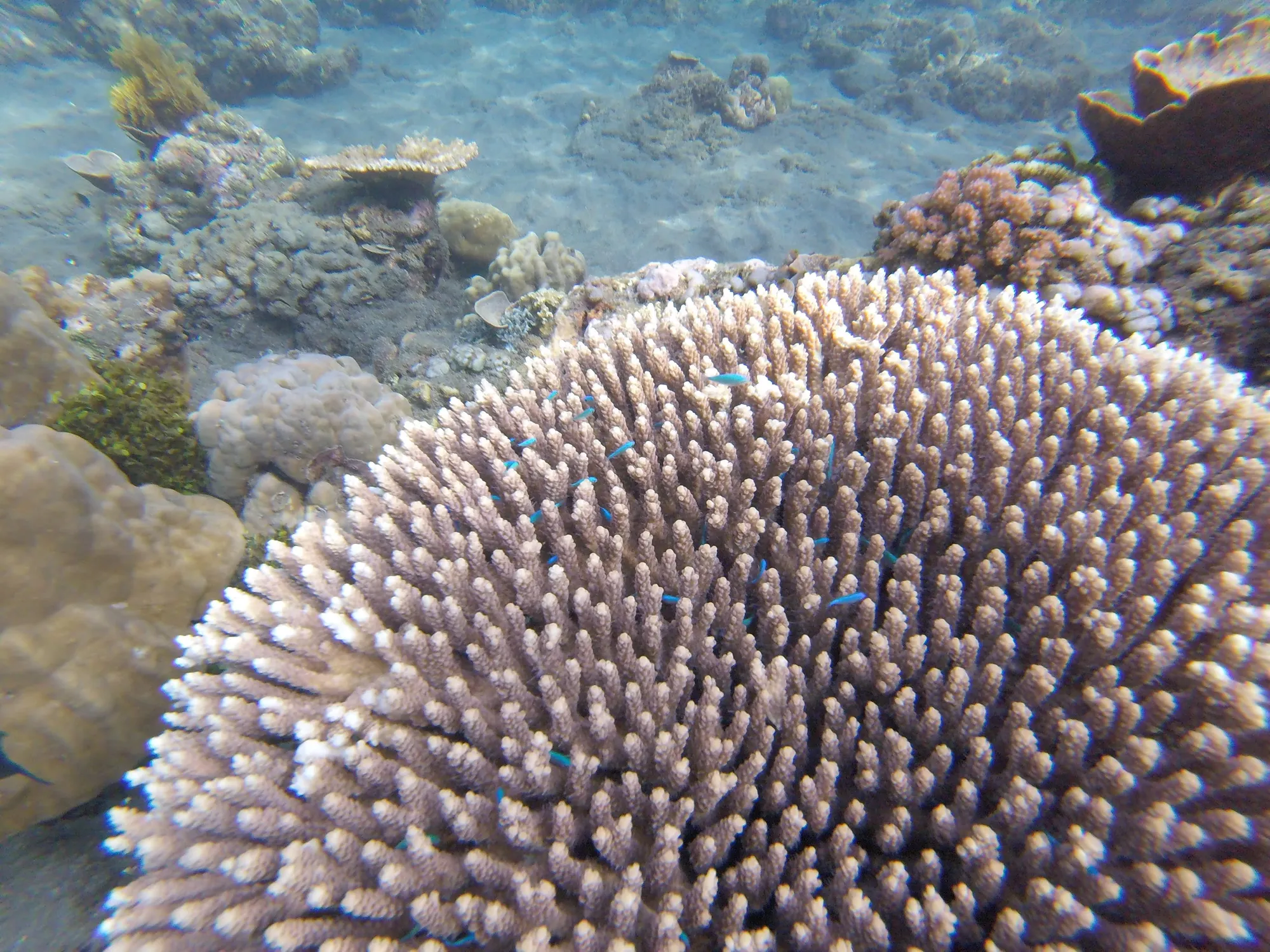
Lesser Known Eastern Bali
Staying in Amed can be enriched by exploring the diverse land-based attractions of eastern Bali, each revealing a different facet of the region’s culture and natural beauty. The Lempuyang Complex of Temples offers a glimpse into Bali’s Hinduism beyond the famed Gates of Heaven, where a complex of seven temples unveils the spiritual life of the locals.
At the Natural Dyers and Weavers Cooperative in Seraya, you can witness the intricate art of weaving, a skill passed down through generations. A drive through the peaceful highlands around Bangle, far from any tourist path, leads you through villages where you observe the authentic rhythms of daily life.
The Taman Ujung Water Palace, a serene royal site, invites you to immerse yourself in Bali's Hindu culture, offering a peaceful space to connect with the island’s spiritual heritage. The Berina Rice Fields gives you a chance to watch locals tending the land, showcasing a timeless connection to nature.
Finally, you can uncover Pantai Pasir Hitam, a secluded black sand beach that, while not recommended for swimming, it feels like a true hidden gem with its serene and striking beauty. Together, these places create an experience of eastern Bali that feels personal and deeply connected to its roots.
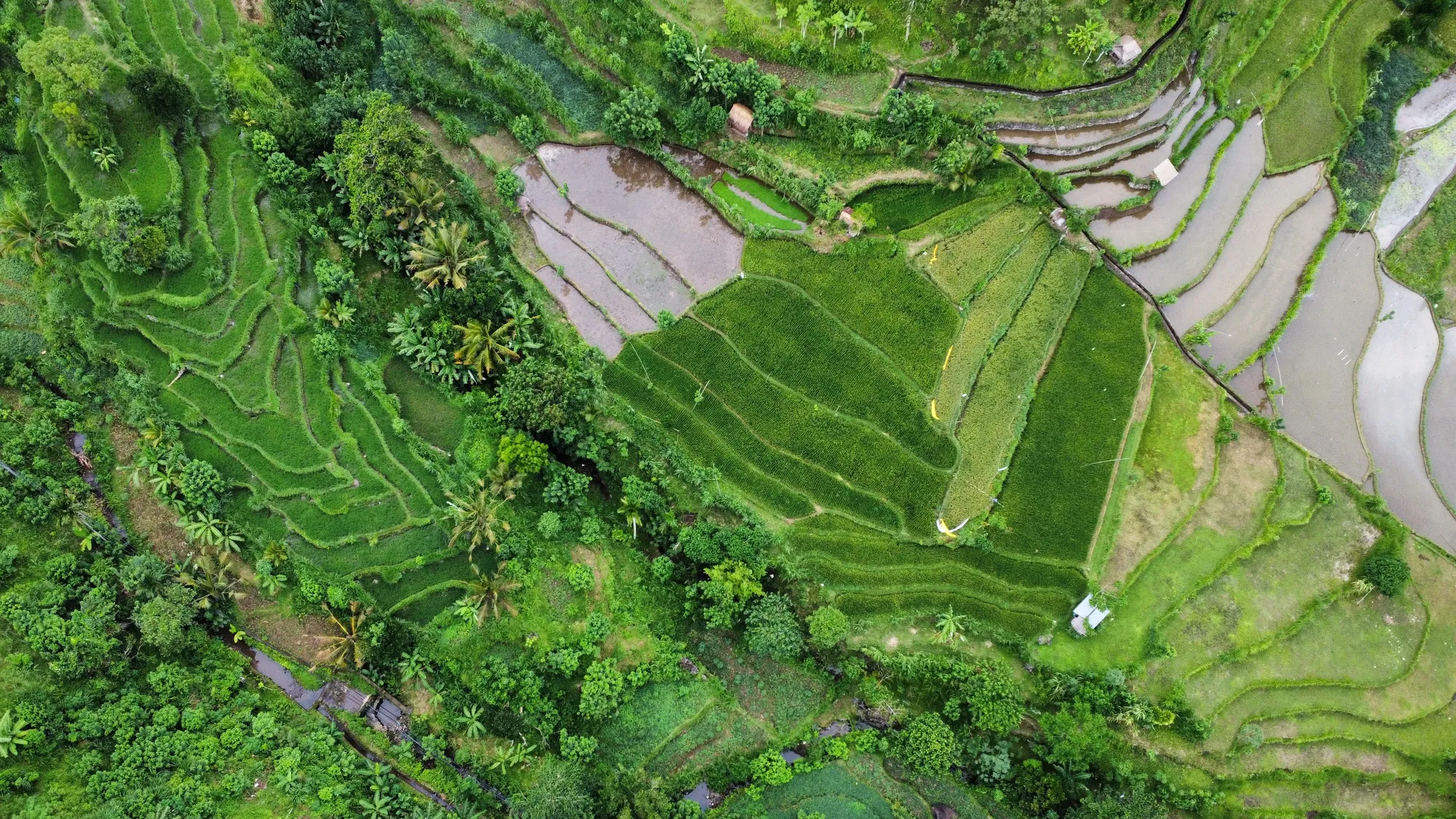
Amed stands out as a hidden gem in Bali, offering a unique mix of serenity, natural beauty, and rich underwater experiences that you won’t find in Bali's more crowded beach towns. Here, you can escape the bustle, immerse yourself in authentic Balinese charm, and explore some of the island's best dive sites without the distractions of mass tourism.
The warmth and kindness of the local community make each encounter memorable, as residents share their traditions and welcome visitors with genuine hospitality. For those seeking a more meaningful and unspoiled slice of Bali, Amed delivers a truly unforgettable experience beneath the waves and beyond.
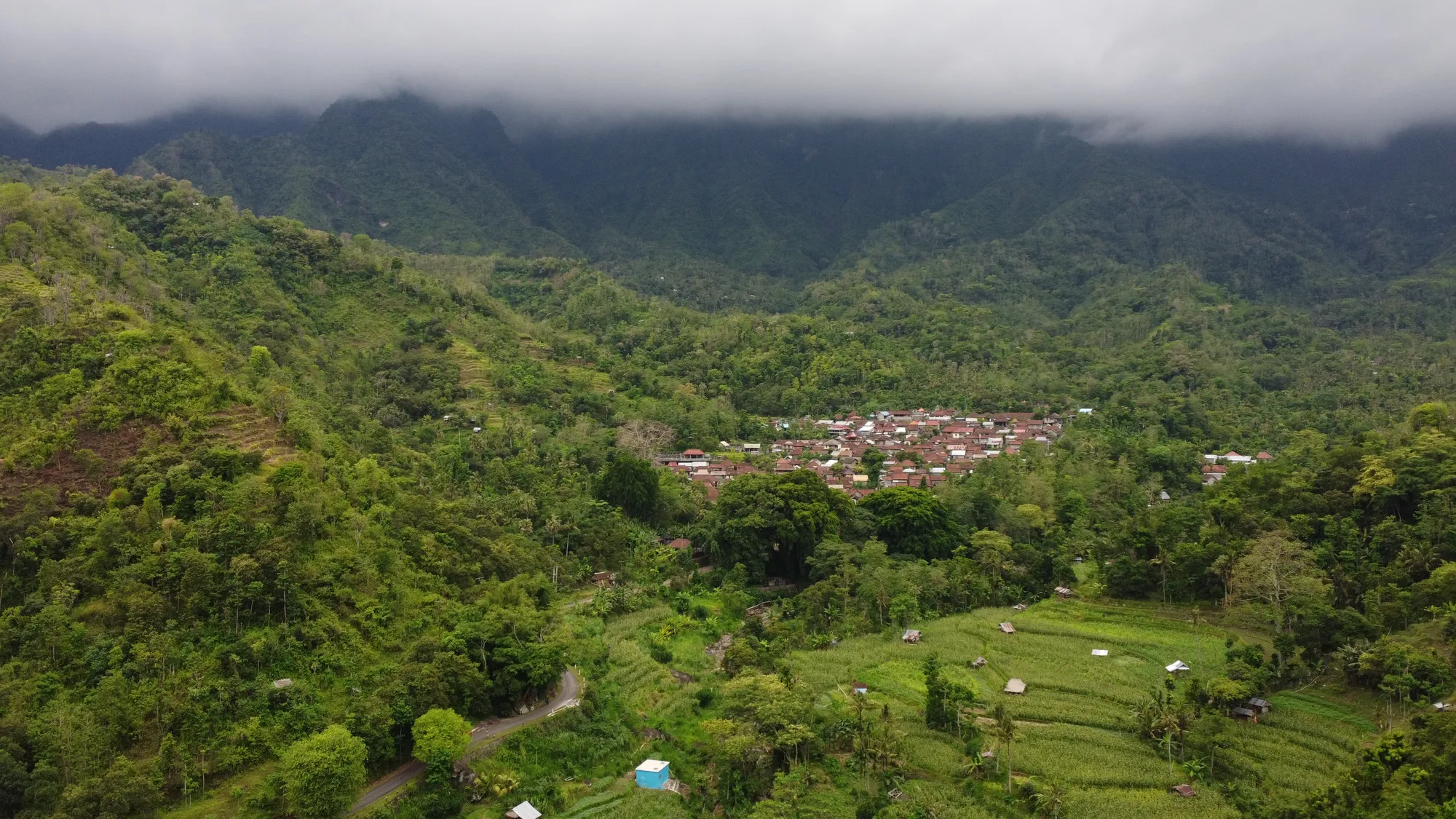
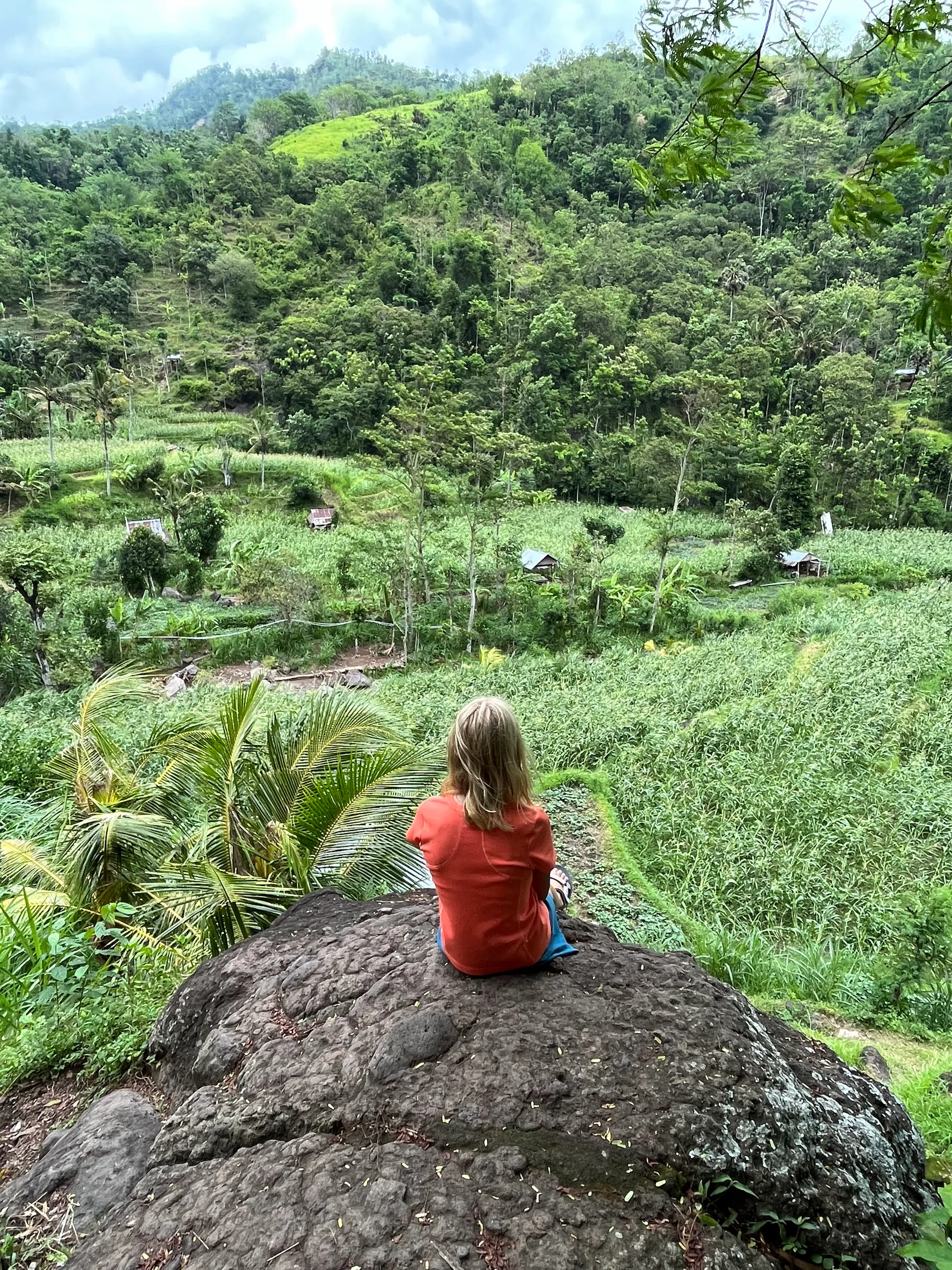
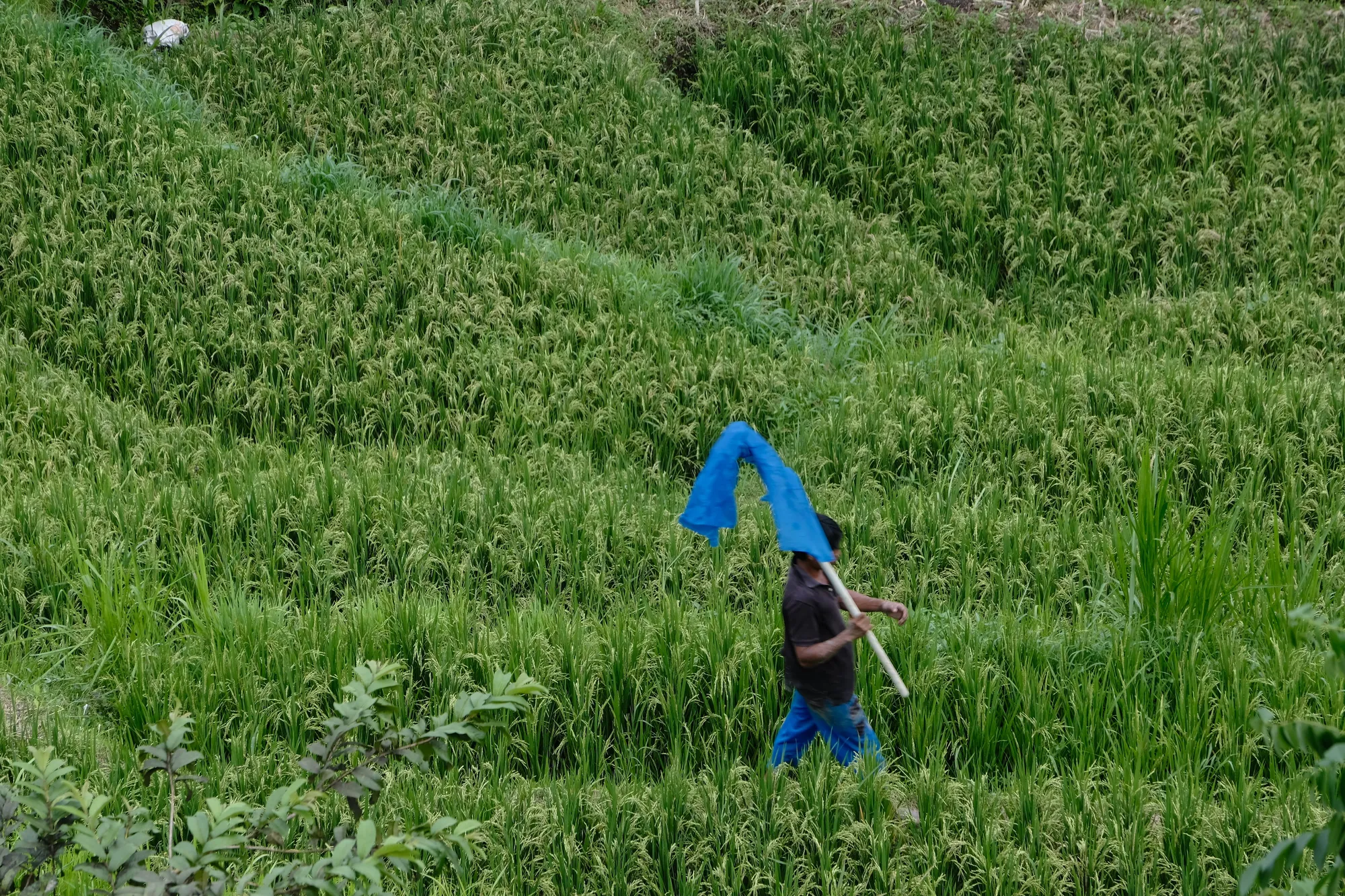
Continue Exploring
Bali’s Culture and Art
A journey through Bali’s captivating art and culture. From authentic craftsmanship to hands-on experiences, the island surprises with its deep-rooted traditions.
Bali's Hindu Culture
How we immersed ourselves in the Balinese Hindu culture through observing daily rituals and traditions and visiting local temples and performances.


